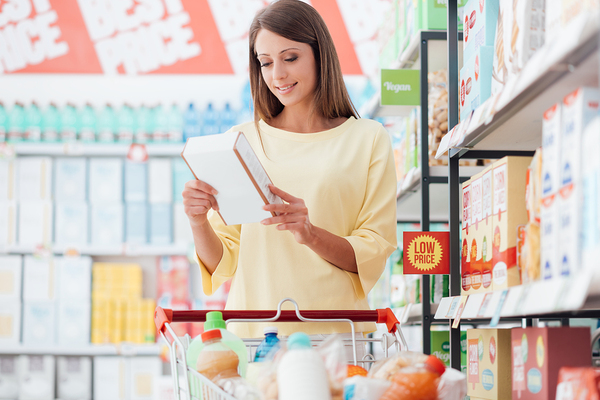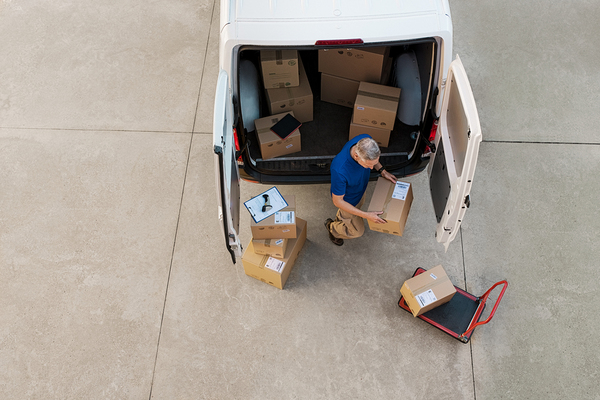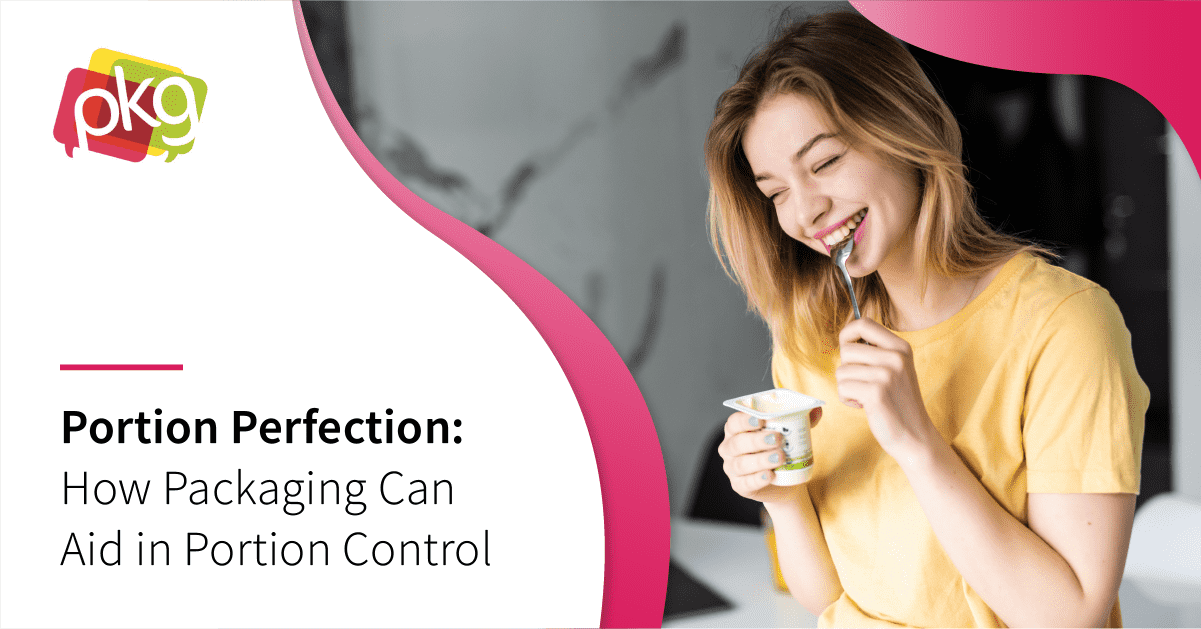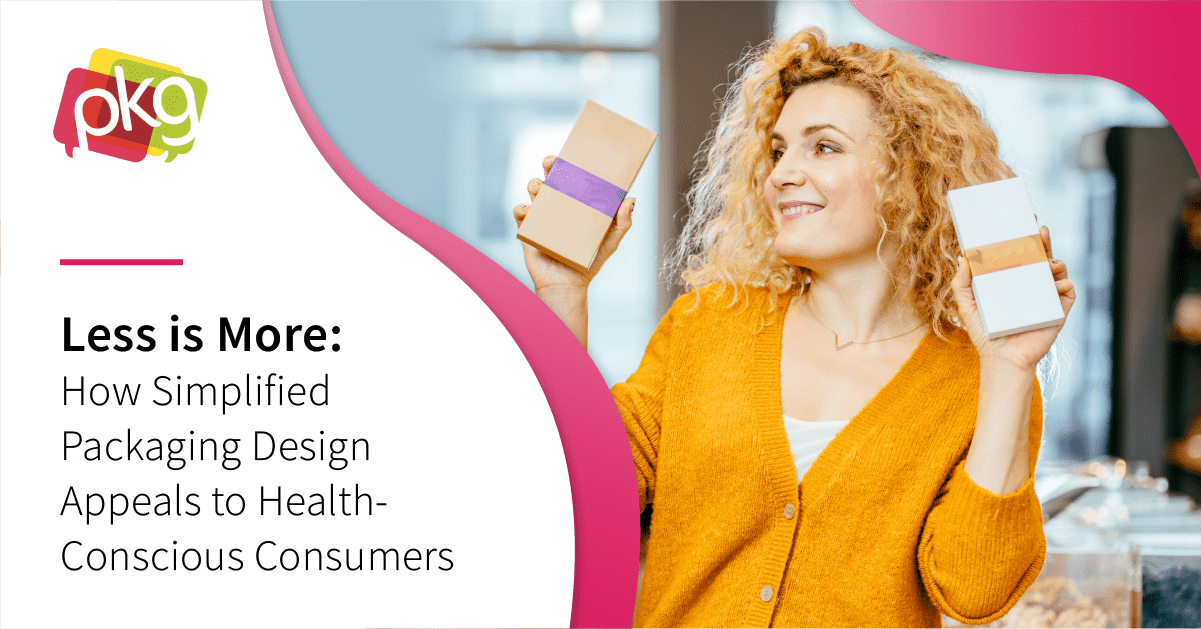It used to be that CPG brands used packaging to drive consumer decisions at the retail shelf.

Now, however, it is consumers who are largely driving CPG packaging choices. Many factors have contributed, such as increased concern for sustainability and the explosion of e-commerce. As the retail landscape continues to shift, food and beverage packaging will have to accommodate changes to protect brand integrity. Here are some of the top food and beverage packaging trends to watch in 2020.
Sustainable Food and Beverage Packaging
Brands are taking the concept of “Reduce, Reuse, Recycle” to heart. Not only does it make sense in terms of their own expenses and sustainability initiatives, but it also resonates with consumers.
Americans want to make responsible choices in the products they buy every day, and food and beverage packaging designed with sustainability in mind makes an impression. While there is no single solution to sustainability issues, packaging designers, processors, recycling equipment owners, and communities are approaching these issues from multiple angles.
Post-Consumer Resins (PCRs)
Post-consumer resins (PCRs) come from consumer product packages (like water bottles and shampoo bottles) that have been recycled. More brands are using PCRs in their packaging, though there are challenges.
PCR material generally has a grayish or yellowish tint that can make it difficult for brands to match their brand colors, but new technologies are being invented to address this. Research has demonstrated that the use of PCR can significantly reduce carbon footprint compared to the creation of virgin plastics. Furthermore, the use of PCRs can help keep microplastics out of the ecosystem.
E-commerce Packaging

A 2019 Coresight Research survey reported that nearly 37 percent of U.S. consumers bought groceries online in the preceding 12 months, up from 23.1 percent the year before. When the point of sale occurs on a digital device, the packaging and delivery processes become more complex.
A package on the retail shelf may have been handled a dozen times before someone takes it home. By contrast, up to 30 touches may happen before an e-commerce item reaches the consumer. Therefore, food and beverage packaging must increasingly meet the demands of e-commerce in terms of product protection while still attending to aesthetics, convenience, and consumer demands for sustainability.
Interactive Packaging
Interactive packaging has been around for a while, but new technological refinements are being added frequently. For example, augmented reality has entered the picture, with packaging that offers games and other experiences that appeal to consumers. While Baby Boomers and members of Generation X have been lukewarm toward interactive packaging, Millennials and their younger cohorts are expected to embrace it more enthusiastically. From 2016 to 2019, year-over-year growth in interactive packaging has been an astonishing 120 percent according to a study by mass serialization company Kezzler.
Food and beverage packaging design will never be simple. Recent technological advances, combined with consumer demand for sustainability, have only added to the complexity of developing packaging that meets consumer needs and wants. The good news is that packaging manufacturing is becoming increasingly advanced, making it easier for food and beverage brands to find packaging options that work for them while maintaining consumer loyalty. PKG Brand Design is always on the forefront of new CPG branding and packaging initiatives; please subscribe to our blog for the latest package design industry news!



-min-2.png)



